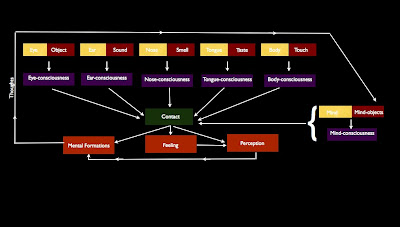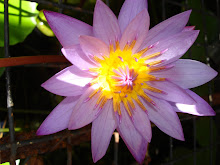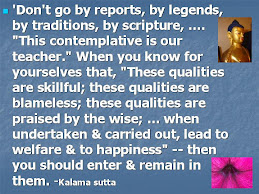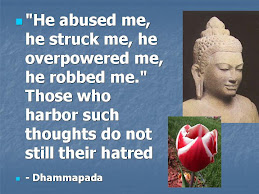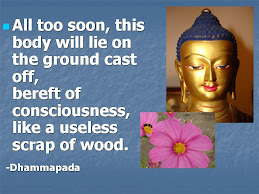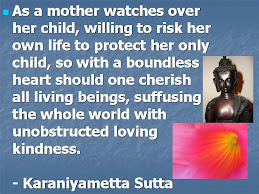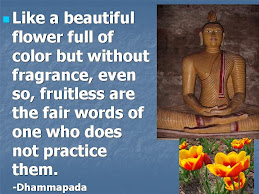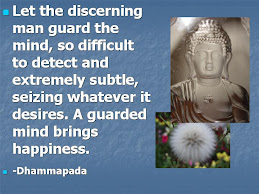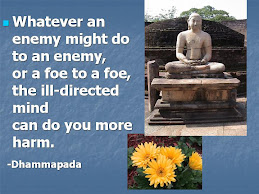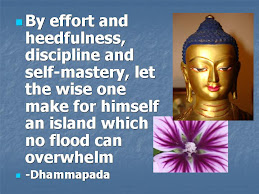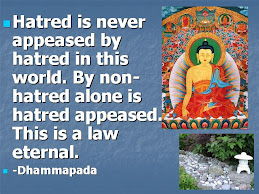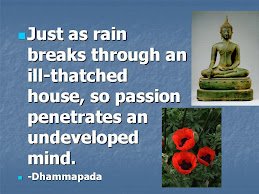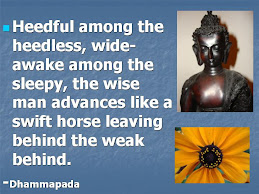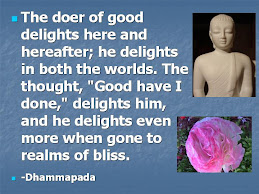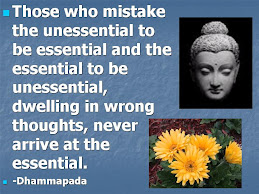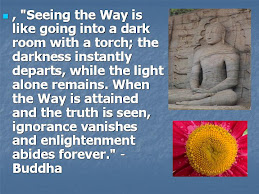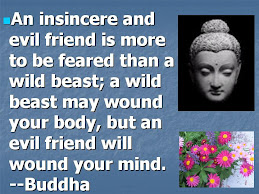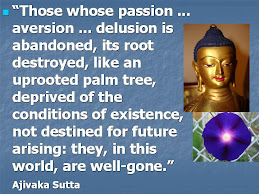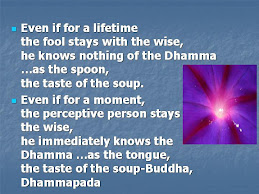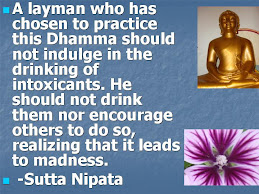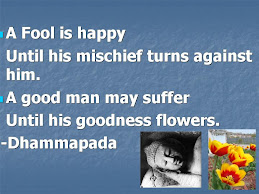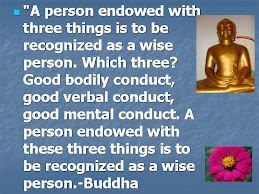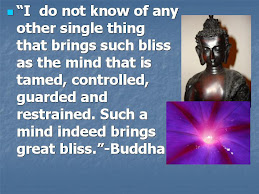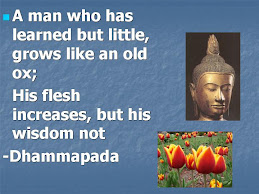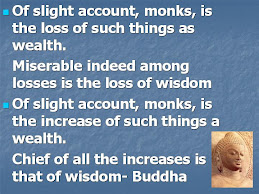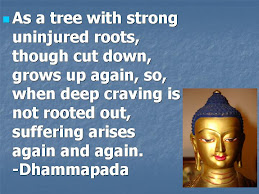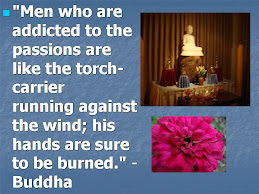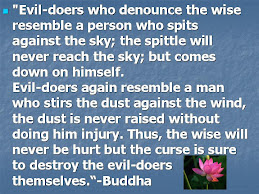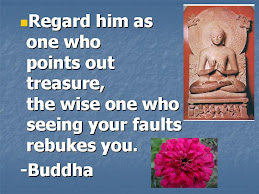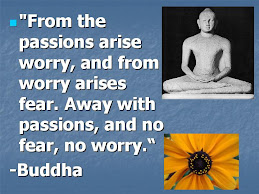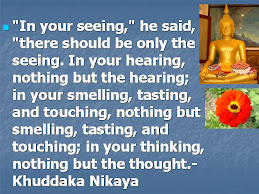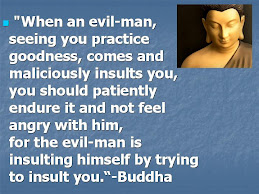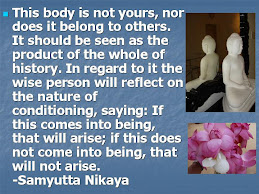We discussed
the first noble truth in a previous post. Here we will try to explore the second noble truth, the cause of suffering or stress. This is nothing other than our
craving. There are three types of cravings. Craving for sensual desires, craving for existence and craving for non-existence. In this post we will focus on craving for sensual desires. In a previous post we discussed
where craving arises and is abandoned as discussed in
Maha-satipattana sutta. However it is not clear what craving is in terms of five aggregates as it has to belong to one of them.

Figure 1: "The eye is not the fetter of forms, nor are forms the fetter of the eye, but whatever desire & ; passion arises in dependence on the two of them: That is the fetter there." -"Kotthita Sutta:
It seems like craving is a just another mental formation (fabrication) or a thought. Although it is said that craving arises dependent on the eye and the object it actually arises in the mind as thoghts. It does not arise at the eye or at the object (Figure 1). Nor dose it arise at the level of eye conciseness or contact. When Buddha said this
where craving arises and is abandoned in each point of cognitive process as discussed in
Maha-satipattana sutta, it is likely what he really meant that craving was the result of this series of dependently arisen processes on the cognitive path. So when you see an object you will generate perceptions, feelings, and thoughts about the object (Figure 2: blue, purple, yellow lines). This is the initial cognitive series and this is how we get our basic information about the object. This requires minimum of four or more cognitives series. This is the
bare awareness* necessary for us to function. If this is a pleasing object pleasant feelings thoughts and perceptions will arise. These will lead to more thoughts and the mind keeps
feeding on these thoughts of lust or unskilful desires. This is what is called craving. Previous memory about the object will influence this. Stronger the past memory of craving and clinging to the object we have stronger the craving to the present object we see. The cognitive series here is similar to how the mind feeds on the thoughts from the memory of the object as shown in a
previous post (Figure 2: green lines). They become our thoughts of craving and we cling to them as it feeds the mind. This complex patterns of thoughts intertwined between thoughts about the object and craving can repeat itself as long as there is an object in the sight (attention) or mind (attention and memory).

Figure 2: This figure shows two sets of series of cognitive paths which are basically mental formations (sankara/fabrications) received by the mind. The first set is the initial cognitive series that brings in the basic information necessary to recognize the object. These are shown here as thoughts about the object. The second set of cognitive series are thoughts of craving influenced by previous memories are shown here as thoughts of craving.
Lets look at this in more detail in terms of the five aggregates. We now know the multiple thoughts of craving will lead to
clinging. So when we say we
cling to the five aggregates we are really NOT clinging to the objects, feelings, perceptions or mental formations (thoughts) directly. What really happens is we create multiple thoughts of craving and we cling with our thoughts. Obviously the feeling is greatly influenced by our perceptions and previous memories about the object. This feeling is expressed by initial thoughts and followed by thoughts of craving as discussed above. So when we say "feeling leads to craving and craving leads to clinging" the
dependent origination formula, this is what happens at the level of the mind.
It is also important to remember that ALL these processes happen EXCLUSIVELY within our mind (the aggregates arise and pass away rapidly) and it has nothing to do with the object (or the person) we saw, except it was only a trigger. You only like dislike your own feelings. That is all! The object or the person has no idea of what happened within your mind and will not be affected by it (unless you decide to express verbally or physically)
.
So if we examine carefully with wise attention wee can see how we create our own suffering and stress. This is the second noble truth. It is also important to note here that the five aggregates arise and pass away very quickly and are not permanent entities of the mind as discussed in a
previous post. This is called instant impermanence of aggregates. If we try to see this from moment to moment with insight we begin to see how long we have been deluded in this samsaric journey. With practice of insight meditation one penetrates in to this direct knowledge within oneself. The application of this in day to day life can lead to disenchantment (distaste), dispassion and eventually to release.
The craving therefore is nothing but a mental formation (fabrication) arisen dependently on an sensual object and sense organ.
(In this post we examined the craving for sensuality. The same applies to other sense organs and their respective stimuli as well. Same principal applies to craving for existence and craving for non-existence.)
*The bare awareness with the initial cognitive series with no craving to generate further influxes of thoughts (taitns) may be the an Arahant's mind works. They have no craving, no mental proliferation's (no re-feeding) of the mind, therefore no clinging and no more future births. They may therefore function with only the primary cognitive series of thoughts. This may be what the brief instructions Buddha gave to Bahiya in Bahiya sutta. Here is a brief extract "...Bahiya, you should train yourself thus: In reference to the seen, there will be only the seen. In reference to the heard, only the heard. In reference to the sensed, only the sensed. In reference to the cognized, only the cognized. That is how you should train yourself... "







